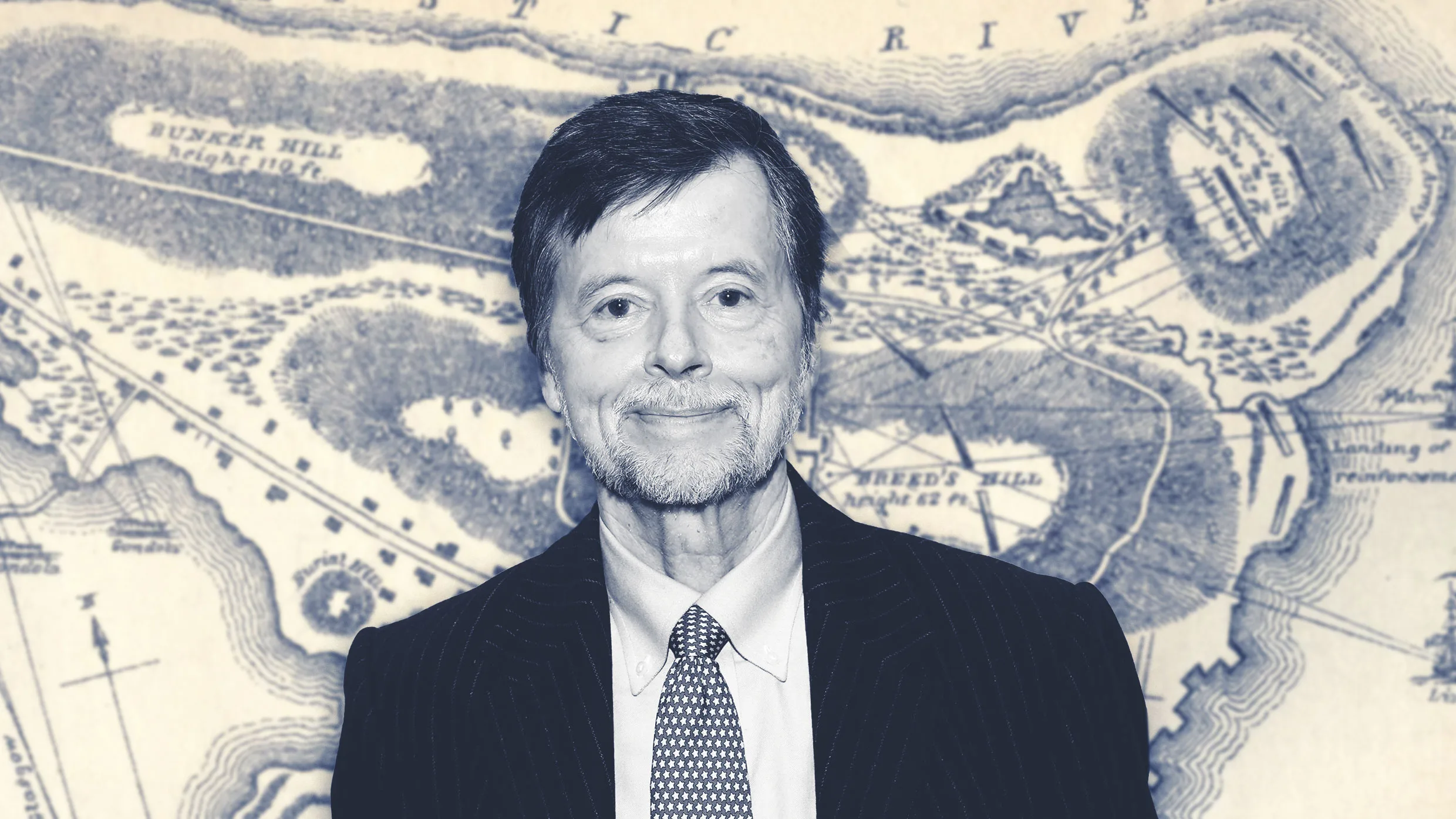#historical-interpretation
#historical-interpretation
[ follow ]
fromBig Think
2 months agoOne of the most quoted lines in philosophy is completely misused and misunderstood
When I was 16 years old, I sat in a crowded assembly hall on a wobbly plastic chair, and I listened to Mr. Smith tell me why I should study history. All of the teachers had to do it. "Sell your subject," the headmaster had said. "Make the kids want to pick it." Some teachers did so with the grudging monotone of the forced and underpaid employee. Some did it with the exhausting energy of a fanatic.
Philosophy
[ Load more ]

